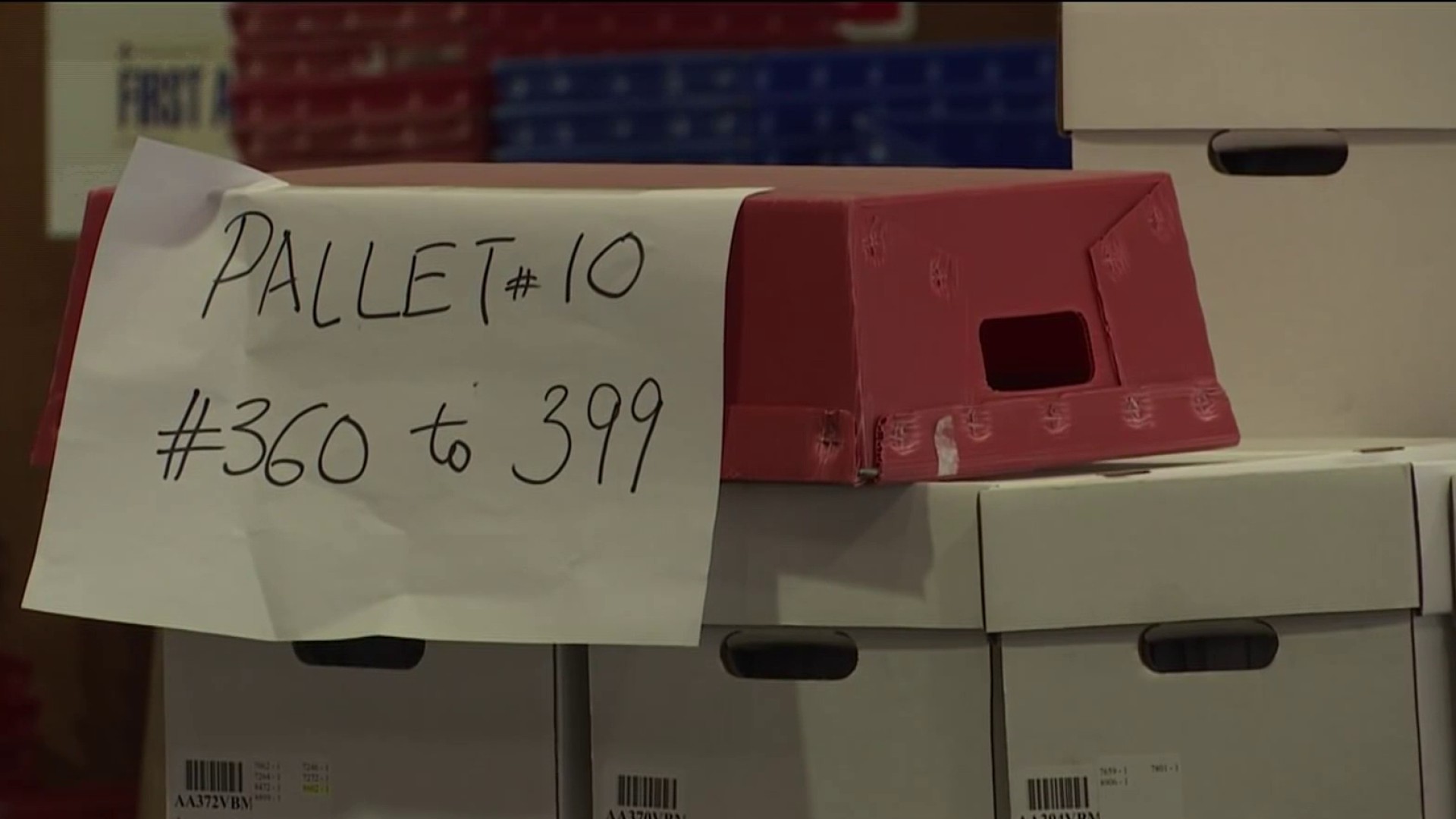It may be mostly happening out of sight, out of mind — but San Francisco Public Utilities Commission is in the midst of a whirling dervish of 70 construction projects including upgrades to the city’s aging and decrepit water treatment plants and sewer systems. The price tag for phase 1 alone -- $2.9 billion.
“It’s time for an upgrading,” said Chris Colwick, a SFPUC spokesman. “We’re operating with some equipment that’s basically at the end of its useful life, in some cases past its useful life.”
Utility officials say the city is filled with aging infrastructure — water plants dating back to the forties and fifties, sewer systems installed a century ago. While the hearty antique technology reflects the ingenuity of the city founders, it’s also old and falling apart.
Tucked in among the tourist attractions along Fisherman’s Wharf, San Francisco’s 65-year old Northeast Wet Weather Facility is showing its years. During a recent tour, senior SFPUC sewer replacement project manager Jignesh Desai pointed out the plant’s growing flaws.
“The is a typical gate that isolates the flow,” Desai said, pointing to a large metal gate that resembled a giant decaying waffle. “So this is a corroded gate that will require replacement.”
The plant kicks-in during severe storms and treats 150 million gallons of sewage a day; sending solids on to the city’s Southeast treatment plant which is undergoing its own major rehabilitation, and channeling treated storm water into twin pipes that empty into the bay. The city is racing to complete the repairs before the rainy season.
“Right now it’s quiet, because we are not in the wet weather obviously,” Desai said, gesturing across a room of large, empty concrete tanks. “When it’s rainy season, this place is buzzing.”
Local
While the repairs are aimed at modernizing infrastructure of the past, they also have an eye on the future — namely climate change and rising sea levels. The SFPUC has projected a rising sea level of 36 to 66 inches by 2100. Any long-term fixes will have to take those changes into account.
“We’ve actually seen sea level rise,” Colwick said. “We’ve actually seen it with our facilities.”
California has also seen an increase in intense storms that have tested San Francisco’s wet weather systems which have for the most part have weathered the challenges.
At pier 31, divers have spent weeks hand vacuuming sediment from underwater pipes that empty treated sewage water from the nearby treatment plant. The work will clear the pipes and maximize outflows during heavy storms.
Just down from the pier, throngs of tourists milled along the Embarcadero, oblivious to the nearby plant and the vital systems running just below their feet.
“Looking at this plant you wouldn’t know it’s a challenge,” said the plant’s supervisor Andre Moore. “But when there’s a mechanical failure, it’s a challenge.”



